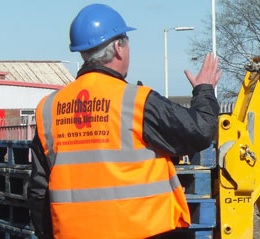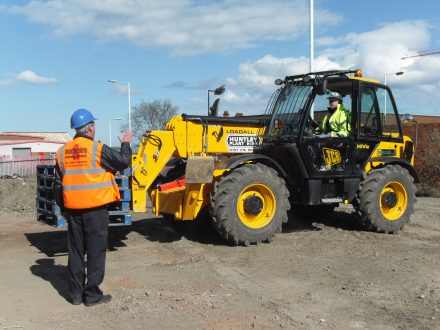Health, Safety and Welfare in the Workplace
 Here at Health and Safety Training Ltd, much of our training and guidance focuses on more hazardous workplaces, such as construction sites and warehouses, but that doesn’t mean that other working environments, such as offices and shops, are completely risk free.
Here at Health and Safety Training Ltd, much of our training and guidance focuses on more hazardous workplaces, such as construction sites and warehouses, but that doesn’t mean that other working environments, such as offices and shops, are completely risk free.
The Workplace Regulations 1992 cover a wide range of basic issues that could affect almost any working environment, with Section 2 stating that all employers have a general duty to ensure, so far as is reasonably practicable, the health, safety and welfare of their employees at work.
Working Environment Considerations
Ventilation
All working environments must have a sufficient supply of fresh air, either via a mechanical ventilation or air conditioning system, or by opening windows or doors.
Temperature
A normal working temperature should offer reasonable comfort for workers.
- In a non-physically demanding environment, this should be a minimum of 16ºC.
- In a physically demanding environment, this should be a minimum of 13ºC.
In some environments, the temperature cannot be set to provide reasonable comfort and this could result in heat or cold stress. For example, in storage chillers, or outdoors in hot weather. In these situations other factors must be considered, such as providing hot or cold drinks, warm clothing or heaters, rest periods to limit exposure, PPE and adequate training.
Lighting
There should always be enough lighting to ensure workers can move freely. Natural lighting is best, but artificial lighting is acceptable. If required, ‘task lighting’ should be used for specific tasks, and there should be an emergency lighting option should a loss of light or power be a potential hazard.
Cleanliness
Good hygiene should be maintained at all times, so waste should be regularly disposed of and cleaning should be routine.
Space
Workrooms should offer enough space for employees to move around freely, without the risk of bumping into or tripping over objects. Generally, this space should be 11 cubic meters per person.
Work stations
Work stations and seating should be adaptable to suit the person using them, and easy to exit in an emergency. If a seat can be used, a suitable seat with lower back support should be provided. Footrests should also be provided for people who cannot comfortably reach the floor.
Drinking water
Clean, fresh drinking water should be available to all staff. If there are drinking and non-drinking water supplies, the non-drinking water should be clearly marked.
Toilets
There should be an appropriate number of toilets and sanitary conveniences available for the number of staff. Male and female toilets should be kept separate, and staff and public toilets should also be kept separate. The exceptions are if the workplace is small, the toilets are fully lockable and staff will not be delayed by the public.
Generally, the minimum requirements are:
- Up to 5 workers: 1 toilet & wash station
- 6 to 25 workers: 2 toilets & wash stations
- 26 to 50 workers: 3 toilets & wash stations
- 51 to 75 workers: 4 toilets & wash stations
- 76 to 100 workers: 5 toilets & wash stations
Wash facilities
Employers should provide accessible wash facilities for all staff, with soap, hand drying facilities and warm and cold water. If the nature of the work is especially physical, or there is a risk of staff coming into contact with contaminants such as bodily fluids or hazardous chemicals, the employer should also supply showering facilities.
Rest and eating
An area should be provided for employees to take their breaks and eat meals. Usually this will include at least a kettle and a means of heating food (a microwave). This area should be clean and free from any work-related contaminants.
There should also be suitable facilities for pregnant women to lie down if required and a private area for nursing mothers.
Changing rooms
If staff are required to change into a uniform or PPE to carry out their job, a private area for changing and a secure area for storing personal belongings must be provided.
Maintenance
Any equipment, tools or machinery that are used by employees, or present in the workplace, must be regularly serviced and maintained to ensure their safety.
Ensuring the welfare of employees is essential to guarantee both legal compliance and a happy, productive workforce. To find out more, give the team at Health and Safety Training a call. We’ll be happy to discuss your requirements and even offer courses on working and managing safely that can be adapted to consider the specific risks at your workplace.
Severe Weather & Employee Safety The cost of forklift accidents for UK businesses






